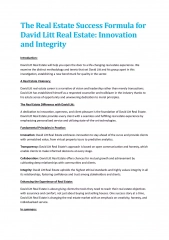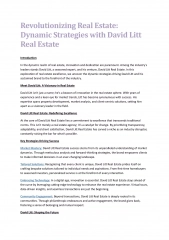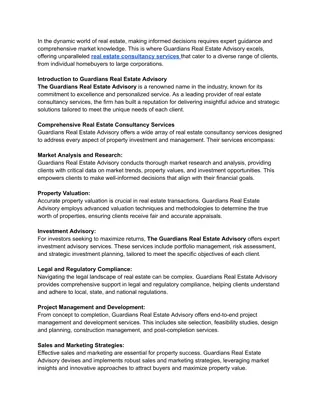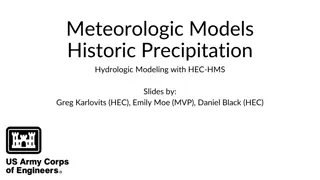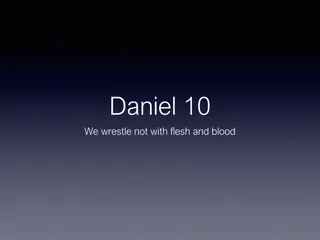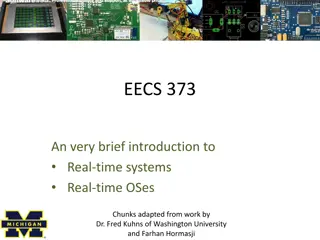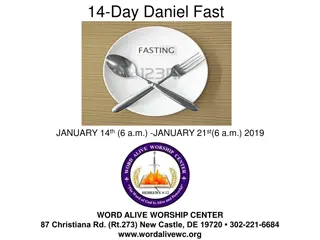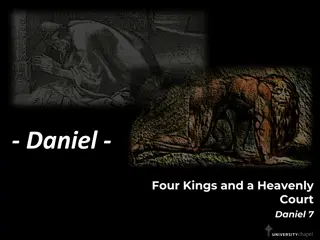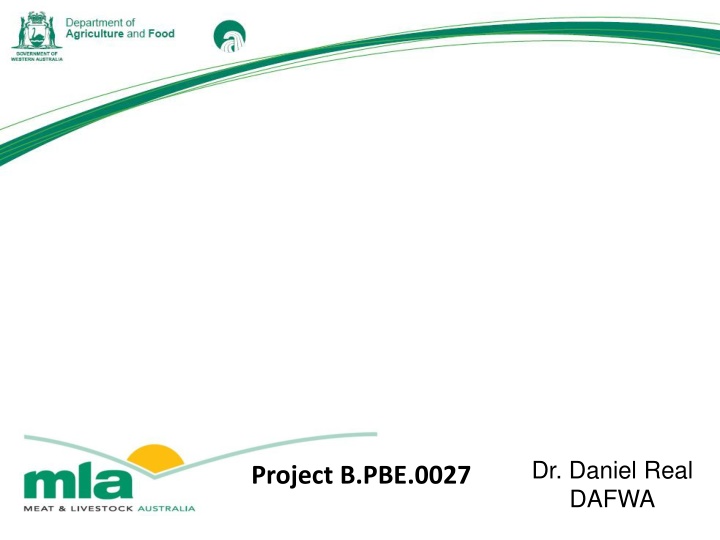
In-Depth Study on Grazing Tedera for Farming Benefits
Explore the extensive research on grazing tedera, a high-quality, year-round legume, offering economic and environmental advantages for farmers. Learn about regional field evaluations, grazing trials, and bio-economic analyses supporting the use of tedera in farming practices.
Download Presentation

Please find below an Image/Link to download the presentation.
The content on the website is provided AS IS for your information and personal use only. It may not be sold, licensed, or shared on other websites without obtaining consent from the author. If you encounter any issues during the download, it is possible that the publisher has removed the file from their server.
You are allowed to download the files provided on this website for personal or commercial use, subject to the condition that they are used lawfully. All files are the property of their respective owners.
The content on the website is provided AS IS for your information and personal use only. It may not be sold, licensed, or shared on other websites without obtaining consent from the author.
E N D
Presentation Transcript
Dr. Daniel Real DAFWA Project B.PBE.0027
What we did Grazing pure stands of tedera in winter, spring, summer and autumn at Dandaragan. Grazing tedera in mixtures with annual species at Kojonup. Production and persistence of tedera through winter and early spring with or without competition of annual pasture based on plot studies. Grazing trial during summer and autumn at Dandaragan 2014/15, Dandaragan 2016 and Kojonup 2016. Calibration of Near Infrared Spectrophotometry (NIRS) for measuring tedera s forage quality.
What we found 60 55 50 Weight(kg) 45 40 35 30 Dec Jan Feb Mar Apr May Date Live weight for the continuously (solid lines) and rotationally (dashed lines) grazed sheep for Dandaragan 2014/15 (squares), Dandaragan 2016 (triangles) and Kojonup 2016 (circles). The average l.s.d. for comparing between grazing methods is 1.8, 1.0 and 1.4 kg respectively. The solid circle in mid-April is the average live weight of 30 sheep drawn at random from the source flock after typical summer-autumn management by the farmer.
Key messages Regional field evaluations since 2006 have shown that tedera remains green all year round and most importantly from summer to early winter in Mediterranean-like regions. Tedera can be sown and harvested with commercial machinery. A series of duty-of-care animal trials have found that there is no health issues in ruminants by grazing tedera. Grazing trials have shown that tedera is a high quality and palatable legume that is readily grazed. Whole-farm bio-economic linear programming model (MIDAS) analysis indicated that tedera offers the potential to significantly increase farm profit by savings in supplementary feeding, higher stocking rate and reduction in labour. Tedera can be continuously or rotationally grazed to fill the summer and autumn feed gap with no need for supplementary feeding. Seednet/Landmark is the commercial partner for tedera s first cultivar.
Economic / Environmental on farm benefits Assumptions: Tedera s annual production set to 80% of lucerne production. Transferability of forage production between different growing periods is set to 80%. Tedera remains green all-year-round including late summer and autumn with good forage quality. Annual pasture (% of farm) 19.3 6.9 13.5 7.0 70.8 31.8 38.5 25.1 Wool sales (kg per DSE) 2.8 2.8 2.9 2.9 2.9 3.1 3.1 3.1 Crop area (% of farm) Lucerne (% of farm) Tedera (% of farm) Stocking rate (DSE per ha) Meat sales (kg per DSE) Supp. feed (kg per DSE) Farm profit ($ per ha) Region Scenario 80.7 78.8 60.0 61.4 29.2 40.7 13.9 27.3 - - - 5.4 9.4 6.1 6.2 12.0 11.7 11.6 12.2 13.1 13.1 13.3 13.3 7.5 10.0 10.5 10.5 46.3 66.0 0.0 0.0 46.3 36.7 23.6 18.5 85 95 109 111 136 217 255 282 Baseline With lucerne With tedera With luc. and ted. Baseline With lucerne With tedera With luc. and ted. wheat belt Central 14.3 - 8.2 - 27.5 - 23.3 26.5 23.4 - - 47.6 24.4 South west
Economic / Environmental on farm benefits Previous analyses (Young et al. 2004) have shown that high quality out of season green feed is most valuable if used to increase meat production and this is likely the case with tedera. Tedera experimental results indicate that it can be utilized as: a substitute for grain as a maintenance feed for stock from mid-summer to late-autumn a production feed during early-summer to either finish prime lambs, flush ewes in the lead up to joining or achieve weight gain for twin bearing ewes in late pregnancy to increase twin lamb survival. a combination of production feeding of lambs and maintenance feeding of older animals. The selective grazing of tedera from leaf to stem provides an opportunity to utilise the feed as both a feed to gain weight and a feed to maintain weight if a follower flock is used in a rotation grazing system.
Unanswered questions Agronomy package for first cultivar of tedera Time of sowing Rates, spacing and depth of sowing Fertilization requirements Herbicide tolerance Recruitment management Defoliation management Hard seed softening Regional adaptation to marginal conditions Mixtures with grasses and other legumes

